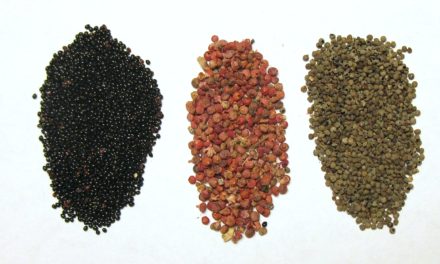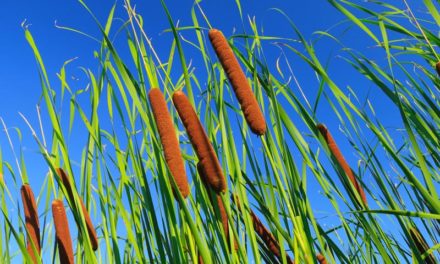Acorns – The Preeminent Wild Plant Food
By Jim Moore
Wherever the Oak Tree grows in abundance, the nut of these trees, called Acorns by English speaking folks, were the preeminent plant based food of hunter-gathering peoples in the northern hemisphere. This was especially true for the pre-European peoples living here within the Northeastern California Mountain and Valley regions.
In NorCal the nutritious acorns were gathered in great abundance from the following Oak species: Black Oak, Valley Oak, Blue Oak, Oregon Oak, Canyon Live Oak, Interior Live Oak, and Tanbark-oak. Acorns of each oak species had their own unique ratio of protein, fats, and carbohydrates, and were thus utilized differently as a food source. Unfortunately, acorns also contain a bitter substance called tannin (tannic acid) which is not palatable to the human taste. Fortunately, the ancestors learned long ago the process of removing the tannin through various cleansing processes using water.
Some of the best acorn gathering regions in NorCal were/are the so called ‘Oak Savanna’ regions, which are the ‘open’ oak woodlands most common in the lower elevation foothills closest to and surrounding the vast Sacramento Valley. The gathering of acorns within the open savannas was much easier than within the higher mountainous regions, where the oak trees often grew in thick forests mixed with conifers. It is recorded that a
family could gather a years supply of acorns in just three days when the acorn crop was bountiful. One big Oak could produce a ton of acorns.
However, there was competition for all those ‘oak nuts’ from the creatures of the wild. When the great Valley Oaks, that grew widely over the plains of the Sacramento Valley, dropped their acorns the vast herds of deer, elk, and pronghorn were there waiting for their share of the bounty. Acorn Woodpeckers, not to be out done by any creature, worked together to store acorns in their truly unique granaries. Each acorn is stored in its own small hole bored into trunks and branches of trees, with hundreds to thousands of acorns often adorning a single tree! Not to be outdone were the master Gray Squirrel hoarders, hiding their acorns in numerous small, shallow caches in the ground. Some of these caches of acorns, becoming lost or forgotten by their squirrel makers, sprout in the springtime ensuring the propagation of future great oak trees. Add these also to the list of other acorn eaters: Jay birds, rabbits, raccoons, wood ducks, quail, crows, mice, bugs, and of course many other critter species. Survival in the winter for many of these creatures would be more difficult without the ‘blessings’ of the oak tree!
This same winter bounty provided by the great oaks, also blessed the tribal folks who made the Northern California region their homeland. The acorns were first gathered, or often harvested directly from the trees in the Autumn season. Then they were sun dried and safely stored away for future use. The acorns first had to be shelled, and then the thin skins removed. The dried nutmeat was ground into a fine, or coarse flour. The tannin was then leached out, often by way of repeated washings with either hot or cold water. This process could take some time depending on how bitter the acorns were. The acorn flour was used in soups, gravies, cakes, and other recipes.
Famine was unknown amongst the Tribes of California. The reasons varied: a tremendous quantity and diversity of food in the region, especially the acorn; complex and sustainable hunting and gathering practices; common sense practices such as pruning of trees, and the clearing of undergrowth, and soil cultivation; and respect for flora and fauna that sustained their lives from generation to generation.
For the would-be ‘balanephagous’ folks, the gathering of acorns will require permissions from the landowners. This would be a nice adventure with young children. Current, and historical, advice and procedures for processing acorns are readily available online. r











